Is it worthwhile to visit the Kruger National Park in summer?
Summer in the Kruger National Park is not only about heat and thunderstorms but a season of renewal, where the bush is alive with new life, spectacular birding, and dramatic skies.
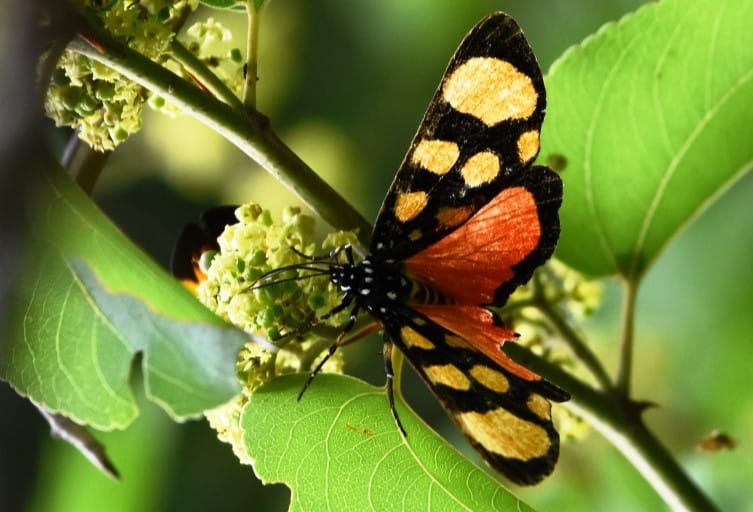

Summer in the Lowveld carries with it a distinctive rhythm. As the first heavy rains fall in November, the landscape of the Kruger National Park transforms almost overnight. The dry, dusty bushveld comes alive with carpets of green, the seasonal rivers swell, and the air is filled with the electric scent of fresh rain on the soil.
Summer is a season often overlooked by travellers who favour the cooler, drier winter months, yet summer offers an entirely different experience that many find deeply rewarding.
The heart of summer stretches from December to February, bringing hot, humid days where temperatures can easily rise above 35°C. Afternoon thunderstorms dramatically roll across the park, drenching the earth and leaving behind cooler evenings. Travellers prepared for the weather discover a park that is flourishing, where wildlife behaviour and the beauty of the land are transformed.
For those who value nature in full bloom, summer is unmatched. Tall grasses and leafy trees may make spotting animals more challenging than in winter, but the trade-off is a sense of vitality that is impossible to ignore.
Game drop their young in synchrony at the start of the rains, and predators such as lions and leopards take advantage of the vulnerable newborns.
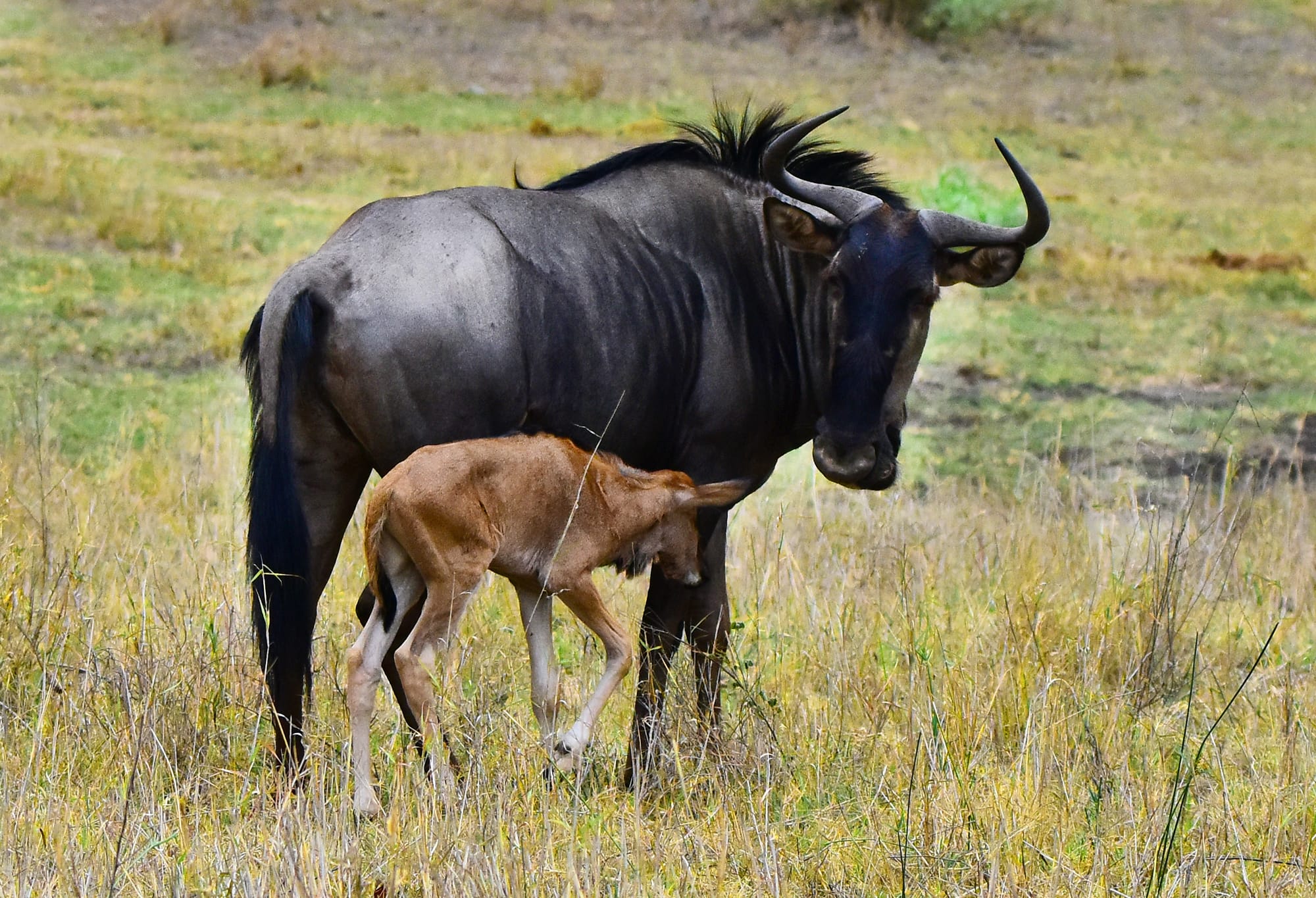
Birdwatchers are in their element, as migratory species like the European bee-eater and Wahlberg’s eagle arrive in great numbers. Over 500 recorded species make Kruger one of the most rewarding birding destinations on the continent during this season.
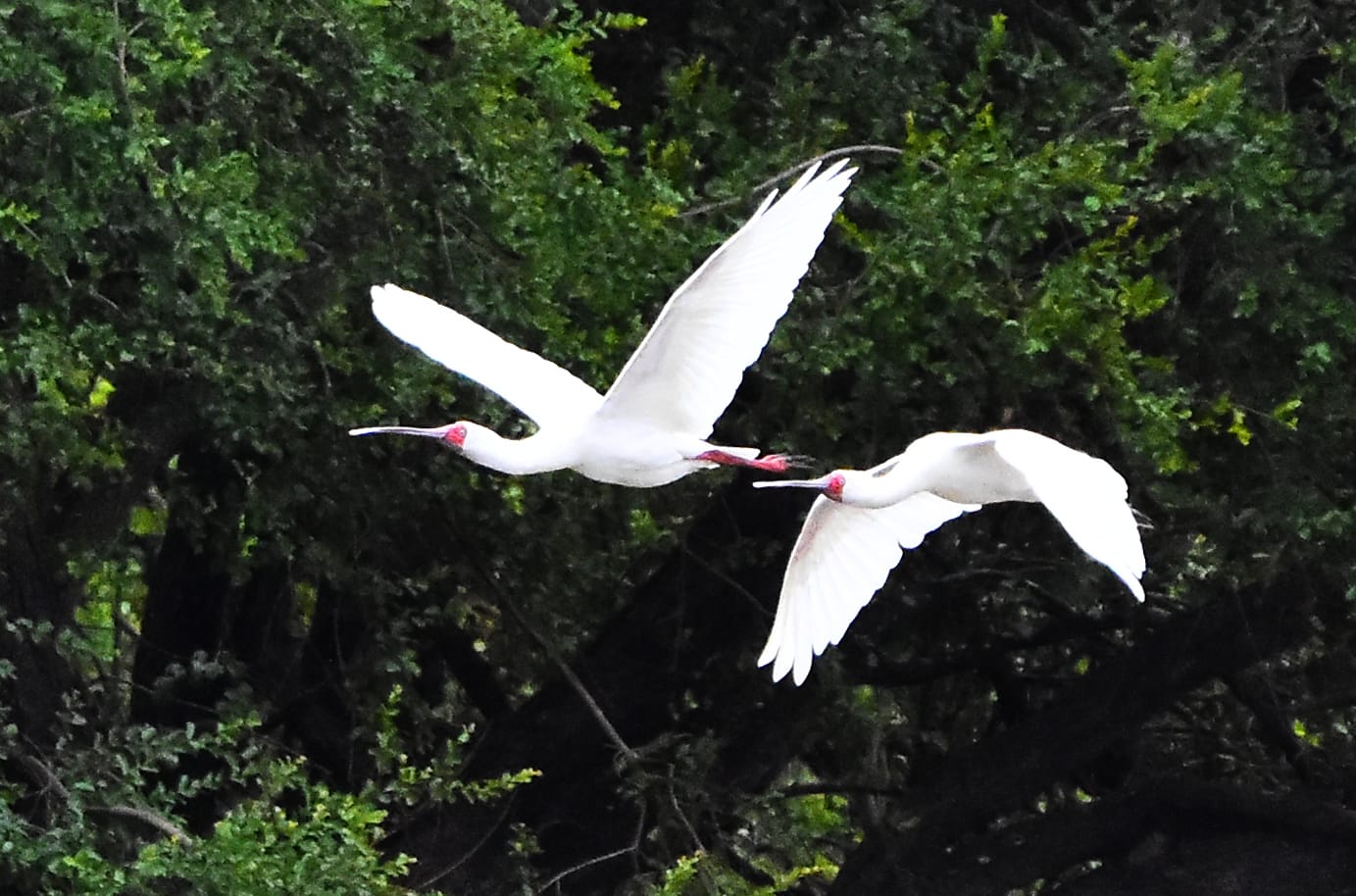
The summer storms also create a remarkable play of light. Driving along the Sabie River near Skukuza, or crossing the low-water bridge at Lower Sabie, one often sees skies painted with deep purples and fiery oranges.
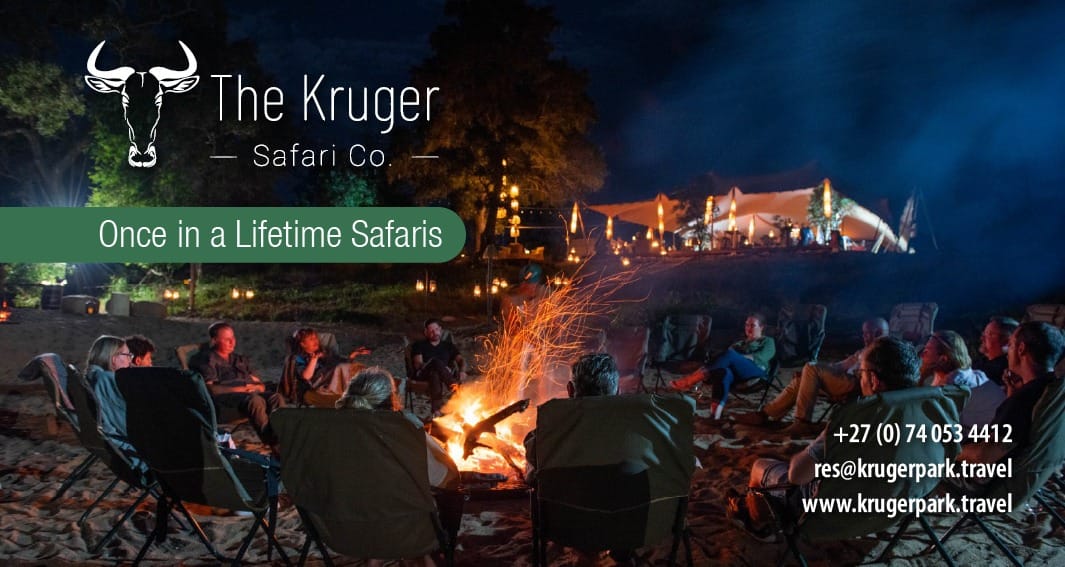
The shimmering heat of midday is replaced by glowing sunsets that give way to star-strewn evenings, accompanied by the sounds of frogs and cicadas. Photography enthusiasts often find summer the most visually arresting time of year, despite the challenge of overcast skies.
Travellers often ask whether summer wildlife viewing is truly worthwhile. The answer depends on what one seeks.
Elephants thrive in the abundance of water and are often seen around the Letaba River or the Mopani woodlands in the north. Buffalo herds graze across the open grasslands, while hippos and crocodiles are more active in replenished dams.
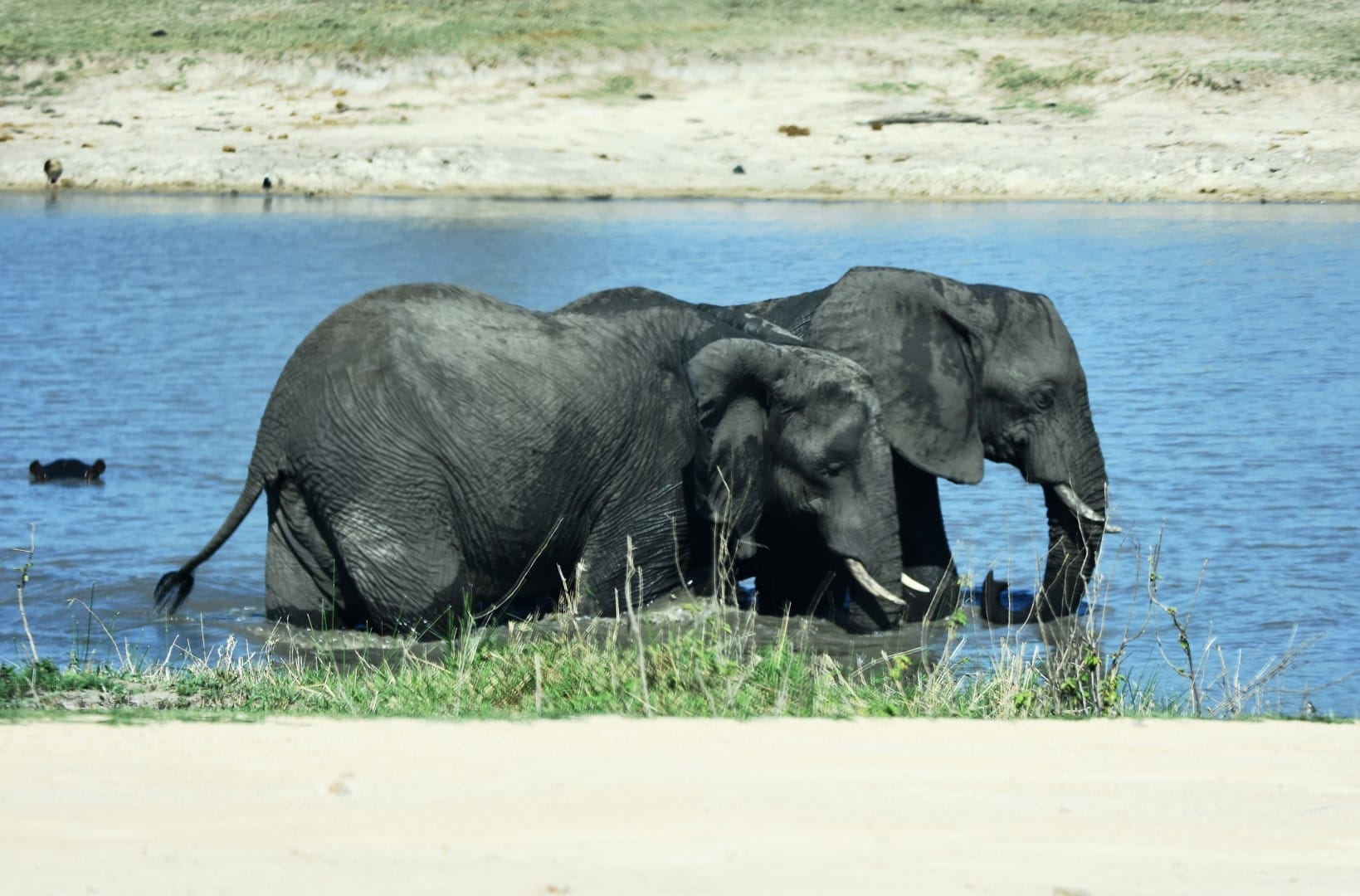

The thicker vegetation does mean predators are harder to spot, but this adds a sense of surprise to every game drive. Unlike the dry season, where sightings can feel predictable, summer often rewards patience with unexpected encounters.
Practical considerations do matter. Roads such as the H4-1 between Skukuza and Lower Sabie remain accessible, but occasional flash floods can close smaller gravel routes. Travellers are advised to check road conditions with SANParks before setting out.
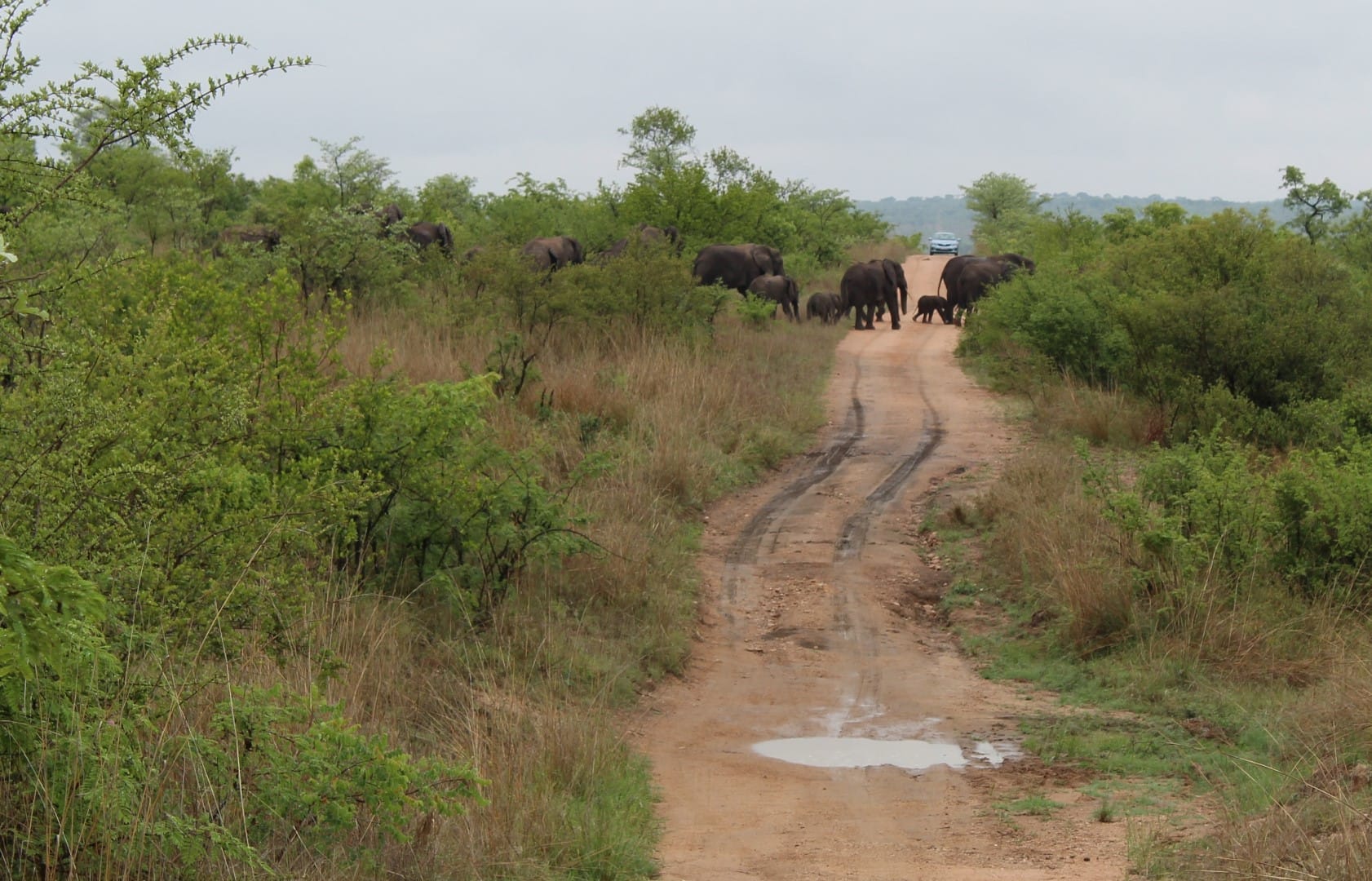
Game drives are best enjoyed in the early mornings or late afternoons to avoid the midday heat. Air-conditioned vehicles offer comfort, though open vehicles remain the most atmospheric way to explore.
Camps like Satara, Olifants, Pretoriuskop and Skukuza provide excellent bases for summer visitors, with swimming pools offering respite from the heat.
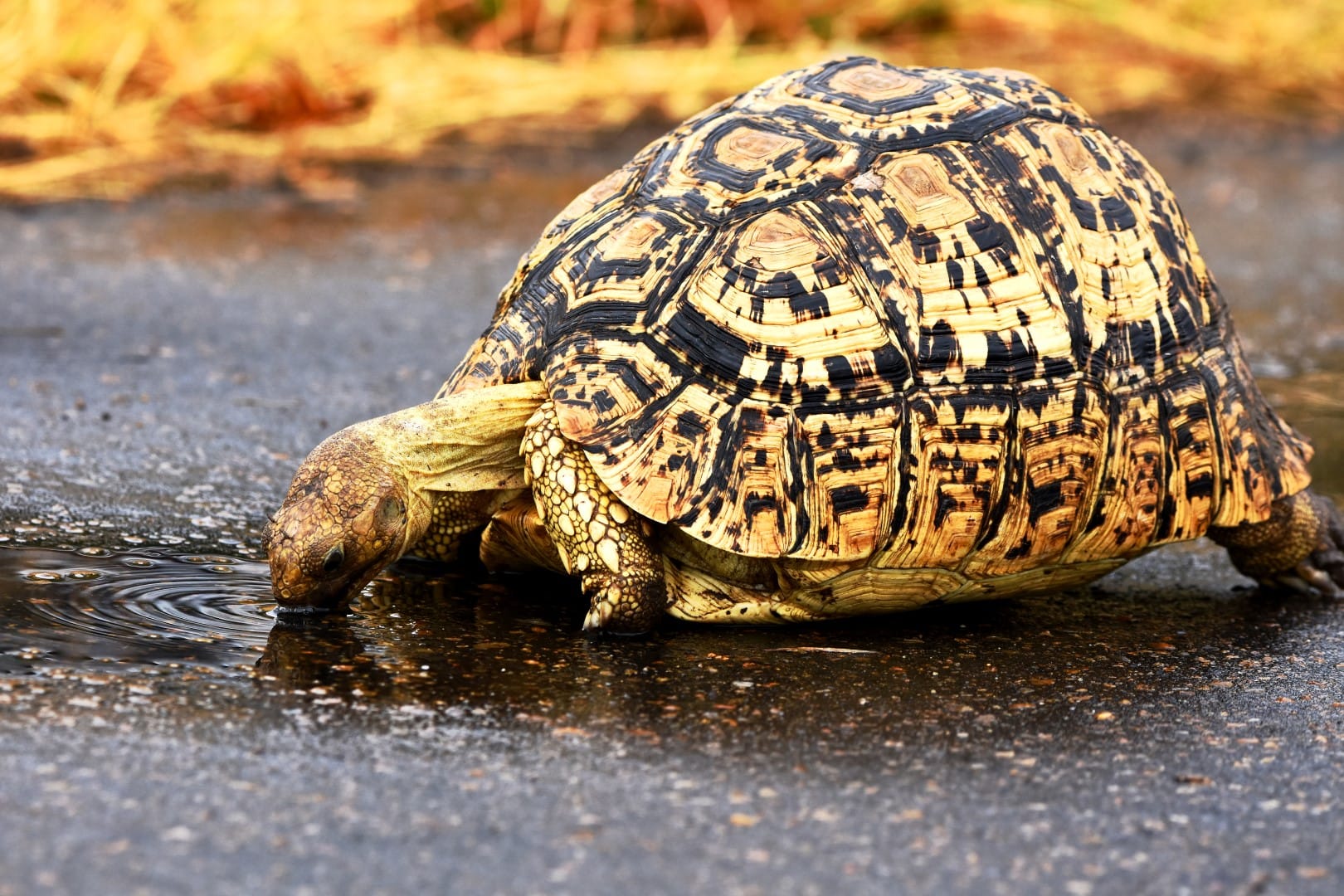
Beyond wildlife, summer brings an intimacy with the region that winter lacks. Local fruit stalls along the R40 near Hazyview brim with mangoes and litchis, and the surrounding Mpumalanga landscapes are just as lush as the park itself.
The journey into Kruger becomes part of the seasonal spectacle, with landscapes cloaked in mist and grasslands glistening after rain.
For travellers seeking a different side of Africa’s most famous national park, summer provides an opportunity to witness life at its most dynamic. The experience may require patience and a willingness to embrace the heat, but the rewards are abundant.
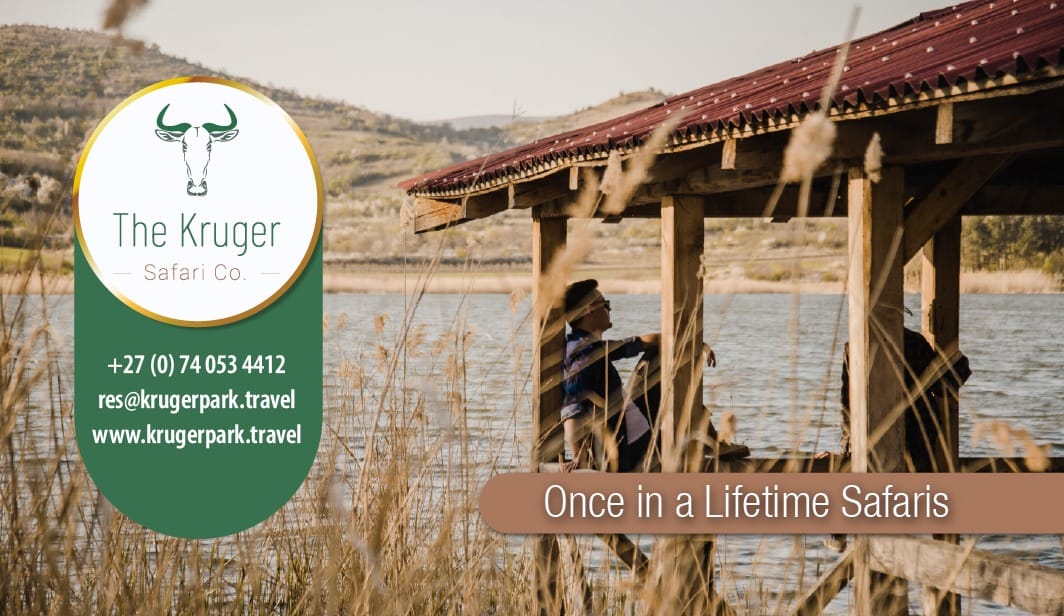

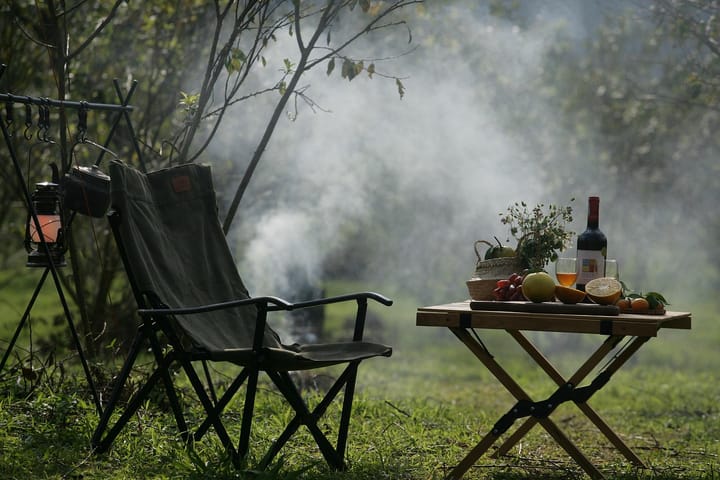
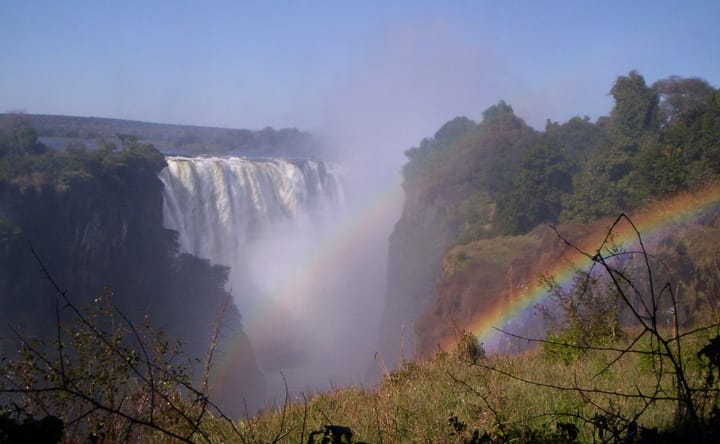
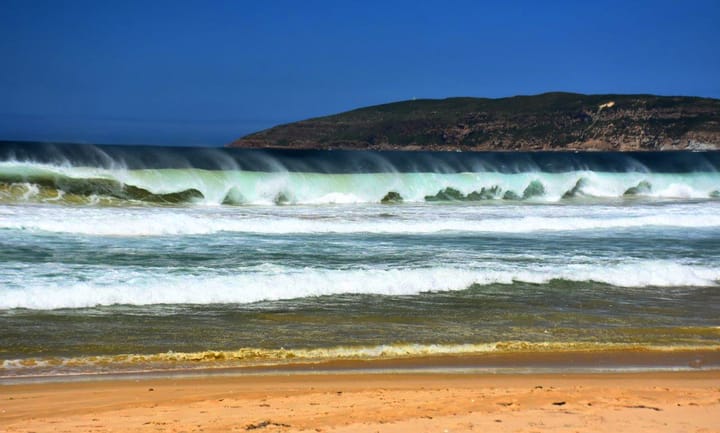
Comments ()